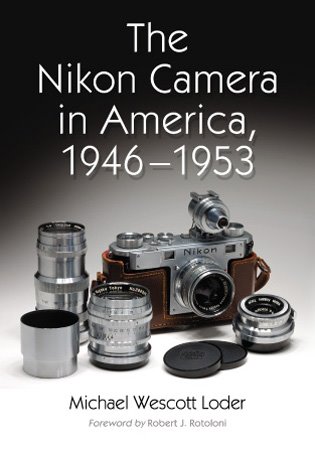As we live through current events, perhaps a look back at previous tremendous times might give some sense of balance. Andrew Jackson is today a controversial figure in American history, but he was popular during his presidency—only to have his fiscal policies turn to economic disaster during the administration of his hand-picked successor, Martin Van Buren.
Political coins were popular tokens during the early 19th Century. Here we have two such “coins.”
In size and copper makeup, they are like the United States large cent of that period (which in turn was modeled after the British penny). The date of these tokens is not certain, but the clearly relate to the Jackson and Van Buren administrations, and the one date of 1837 suggests that they were minted in response to the Panic of 1837—the worst economic crisis the United States would face until the Great Depression of the 1930s.

In the first picture we see the two tokens placed with a 1846 one cent piece for scale. Below is a closeup of the obverse of the two tokens and below the reverse of the same tokens.
To the left we see an image of Jackson, sword in one hand, money bag in the other emerging from a treasure chest. The inscription reads: “I TAKE THE RESPONSIBILITY.”
The reverse shows the Jacksonian donkey or Jackass (still the symbol of the Democratic Party) with the text: “THE CONSTITUTION AS I UNDERSTAND IT,” with “ROMAN FIRMNESS and “VETO” above and below the donkey. The donkey’s body once had letters, but only a ‘D’ remains. [Jackson was the first president to actively use the veto power.]
To the right we see a turtle with a money box on its back labeled “FISCAL AGENT.” The words “EXECUTIVE EXPERIMENT” and the date 1837 complete the lettering except for a label on the money box which might read “SUB TREASURY.”
On the reverse of this token, the Jacksonian donkey again appears, this time running, with the motto, “I FOLLOW IN THE STEPS OF MY ILLUSTRIOUS PREDECESSOR”: an obvious reference to Van Buren’s sticking to Jackson’s fiscal policies.
Yes, the donkey or jackass as a symbol of the Democratic Party dates back before Thomas Nast, and yes, what happened then led to the formation of modern American political parties. Back then, people didn’t put sign in their yards, they carried around tokens instead, which they gave away or even used as money.













